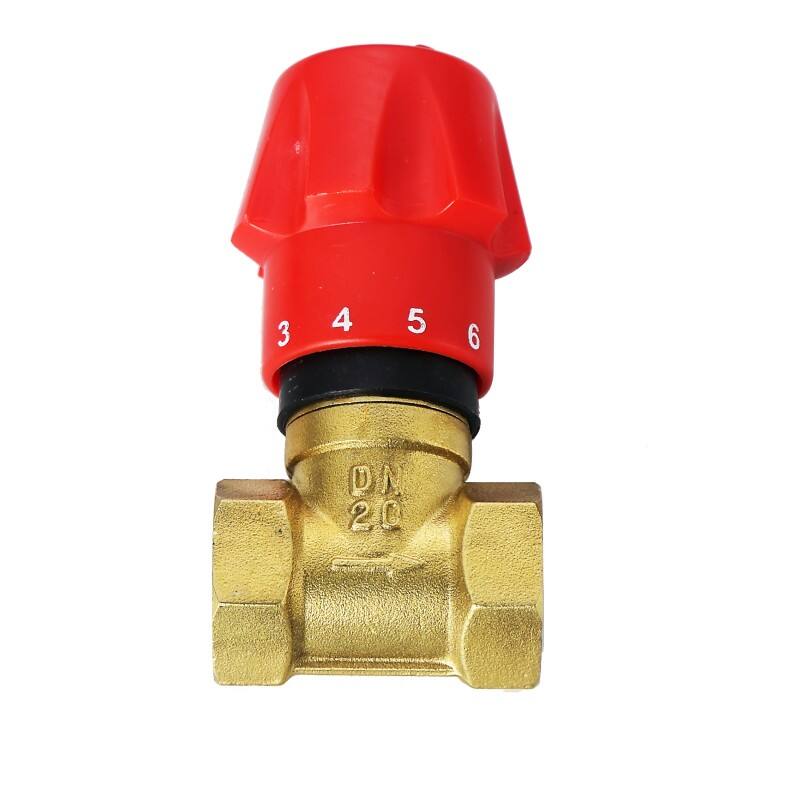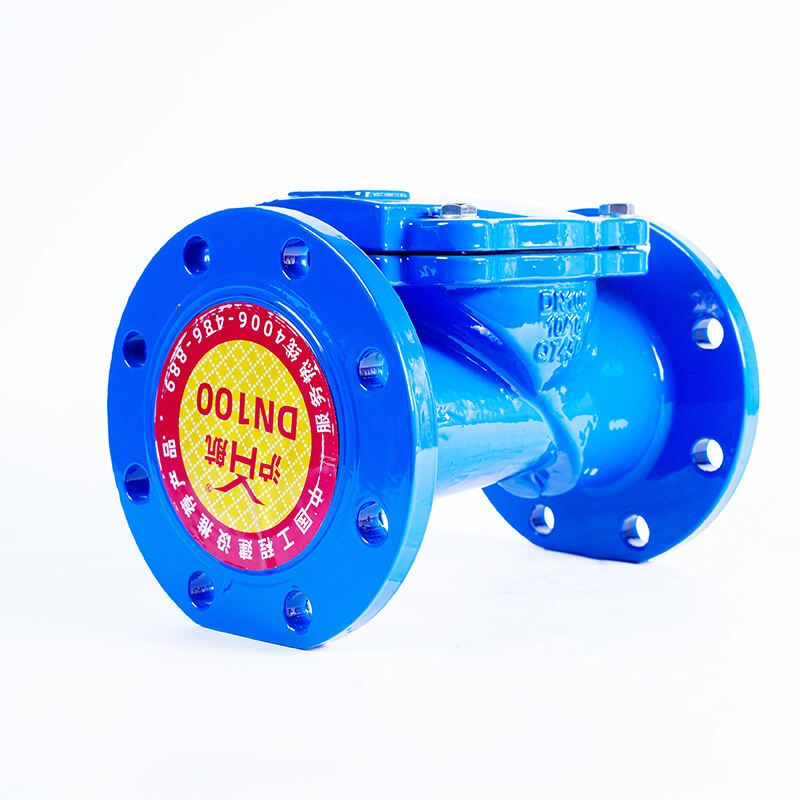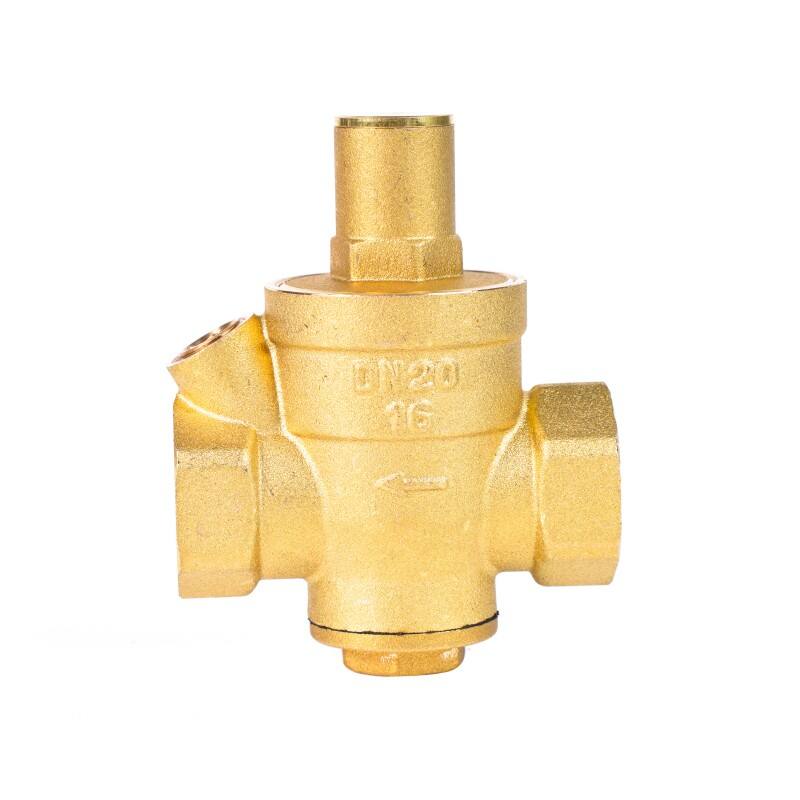automatic gate valve
An automatic gate valve represents a sophisticated flow control solution that combines advanced automation with reliable mechanical operation. This innovative device automatically controls the flow of liquids or gases through a pipeline system using motorized or pneumatic actuators. The valve consists of a gate, which moves perpendicular to the flow direction, and can achieve either complete closure or full opening positions. The automation system incorporates sensors, control units, and actuators that work in harmony to respond to various process parameters such as pressure, temperature, or flow rate. The valve's design typically features robust construction materials like stainless steel or carbon steel, ensuring durability in demanding industrial environments. What sets automatic gate valves apart is their ability to provide precise flow control while maintaining tight shutoff capabilities. These valves find extensive applications across multiple industries, including oil and gas, water treatment, power generation, and chemical processing. The integration of smart technology allows for remote operation and monitoring, making them ideal for both automated systems and manual override situations. They can handle high-pressure applications and offer excellent resistance to corrosive materials, while their straightforward design principles ensure minimal pressure drop across the valve when fully open.


